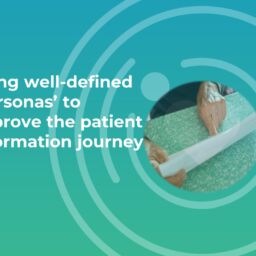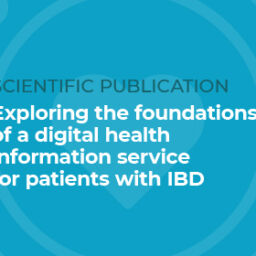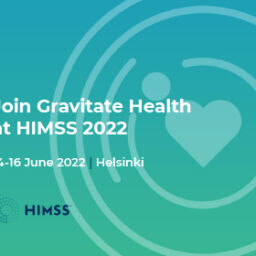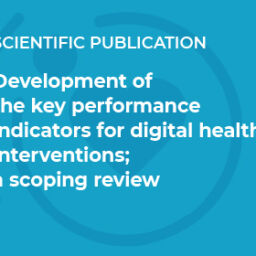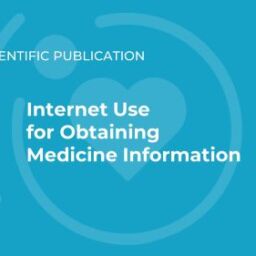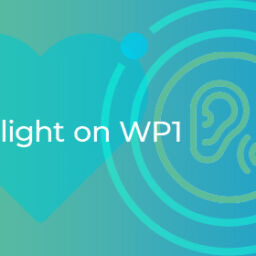Human-centered integrated Care Pathways for Health information Solution
What’s the current context? Why the need for this article?
There are different reasons why an article of this nature can prove important for individuals like healthcare professionals, patients and even technology and service providers.
Primarily, the digital healthcare transformation is favoring a paradigm shift–that is, services and any technological health solution must become person-centred. For healthcare professionals, this means understanding the varying touchpoints that comprise patients’ experiences with their respective health systems to provide better support in care. For technology and service providers, this implies implementing co-design strategies for innovation to help create tailored and fitted interventions that work well for patients and clinicians. Finally, for patients themselves, this highlights an opportunity to hear and listen to those who stand most to benefit from such care products.
At the same time, poor adherence to treatment/medication, ageing and chronic diseases/multimorbidity will only pose more significant challenges in the future. Insights into developing digital health technologies that can boost health equity, health and digital literacy, health behaviours, adherence, etc. are key to ushering in a wave of optimal care for all.
What to expect in the article?
Authors from the University of Oslo, Pfizer, Universidad Politecnica de Madrid, and Roche have presented a multi-phased plan that deep dives into user needs and behaviours across all stages of patient journeys. They also identify and highlight relevant patterns in stakeholder and end-user segments at each touchpoint.
Furthermore, you’ll benefit from learning about the tools designed for an encouraging co-creation process. These include shared objects such as personas, user journeys, and a collection of performance indicators with related requirements–all of which continue to undergo refinement in co-creation workshops with different societal members, i.e., patients, clinicians, patient organizations, technology providers, etc.
The personas allowed for meaningful deep dives into unique patient cases based on real-world examples in “self-care” “active treatment” and “self-management” activities.
A brief description of a subset of tools created and used as a human-centred compass, as described in the paper.
Where to read the article?
If you’re interested in discovering more about how to improve person-centred decision-making processes in the design lifecycle of a product or a service, then click here to view the full article.
Contact Information:
Anne Moen – Institute for Health and Society, University of Oslo, Oslo, Norway anne.moen@medisin.uio.no
Viola Wontor – Pfizer Ltd, Tadworth, UK Viola.Wontor@pfizer.com




